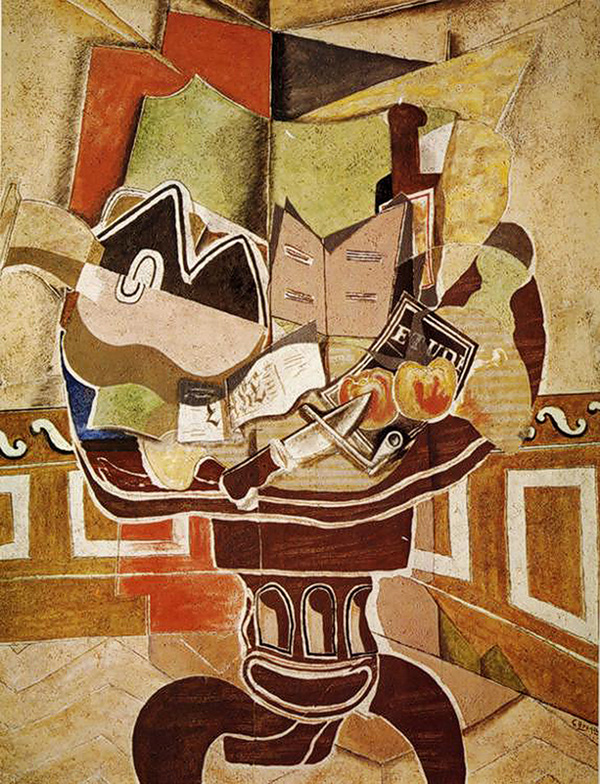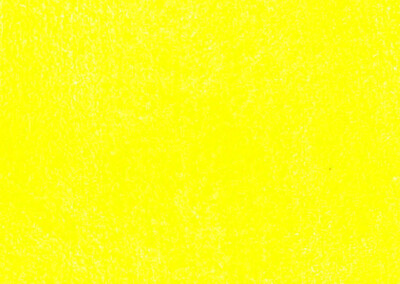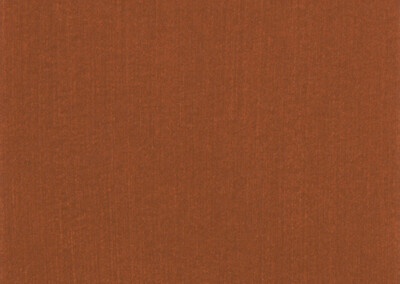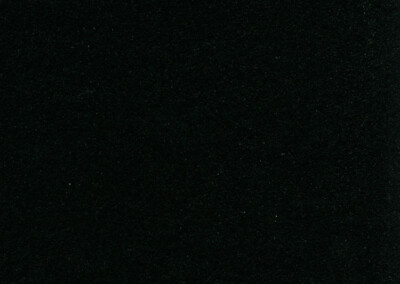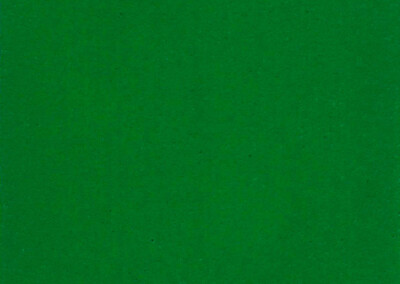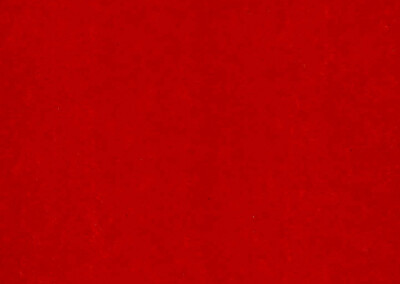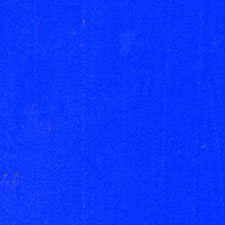Georges Braque, The Round Table
1929Georges Braque, The Round Table
1929Paintings sorted by Historical period | Painter | Subject matter | Pigments used
Overview
Medium: Oil and sand
Support: Canvas
Size: 145.73 x 113.67 cm
Art movement: cubism
Text by Brian A. Oard
Here is what Brian A. Oard has to say about this painting (1)
“… Beginning at the easily overlooked bottom of the painting, we see three legs and a pedestal that are immediately recognizable as such even though they are painted in near-perfect flatness. In a sneak preview of the double state of mind in which we must appreciate the entire work, we simultaneously believe that the form supports the table and realize that something this thin and flimsy could obviously support nothing.
The pedestal thrusts out its legs like a modern dancer, planting its feet firmly against the bottom edge. The lower part of its body looks like a whimsical wide-open mouth, and above it the fluting is drawn like a series of Romanesque arches that surprisingly seem to open into deeper, shadowed space. But this illusion is promptly shattered by the flat rectangle on top, a shape further flattened (like the rest of the table) by its transparently phony scratched lines of imitation woodgrain–like much else in this painting, we see it, but we can’t possibly believe it. To the left of the rectangle, an orange plane locks the pedestal into the back wall (an effect heightened by the dado line continuing the bottom edge of the rectangle) and flattens the space of the entire painting into a single vertical plane containing wall, floor and pedestal–a plane that evokes the flat reality of the painted canvas itself.”
(1) Brian A. Oard, Lying to tell the truth: Georges Braque, The Round Table, 1929, Website: Beauty and terror: essays on the power of painting.
Pigments
Pigment Analysis of This Painting
The following pigment analysis is based on the technical examination of the painting at the Harvard Art Museums and The Phillips Collection (1).
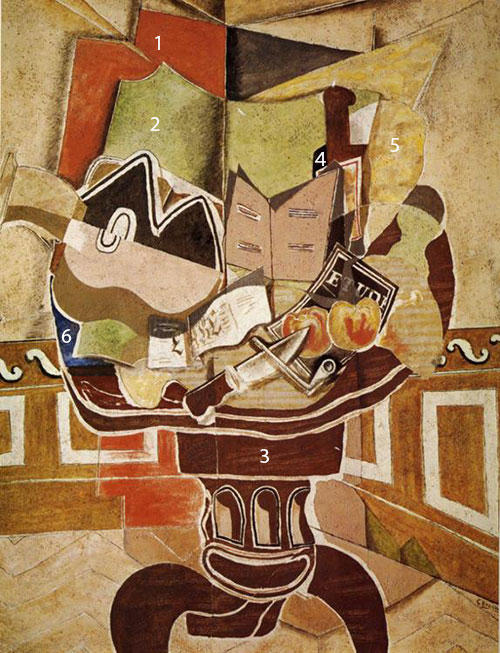
1 Red surfaces: vermilion.
2 Green surfaces: emerald green.
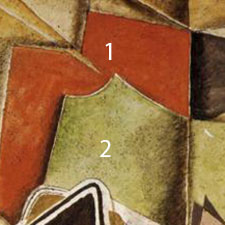
3 Brown table: brown ochre.
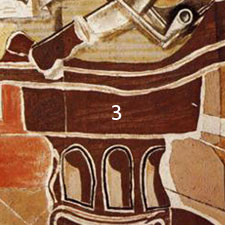
4 Black surface: charcoal black.
5 Yellow surfaces: zinc white and (possibly) arylide yellow.
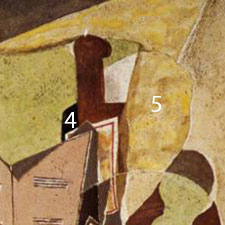
6 The blue surface on the table: artificial ultramarine.

References
(1) P. Favero, E. Mysak and N. Khandekar, Material and Process in George Braque’s Still-Life Paintings 1928-1944, Mildred Lane Kemper Museum, 2013. Available as pdf.
Pigments Used in This Painting
Resources
Videos
Video: ' A Closer Look: Georges Braque and the Cubist Still Life, 1928-1945' by The Phillips Collection
Video: 'Georges Braque and the Cubist Still Life, 1928-1945' by Nine Network
Video: 'Georges Braque: A collection of 249 works (HD)' by LearnFromMasters
Publications and Websites
Publications
(1) Georges Braque and the Cubist Still Life, 1928-1945 Exhibition catalog by the Kemper Art Museum, The Phillips Collection, and Prestel∙Del Monico.
(2) Brian A. Oard, Lying to tell the truth: Georges Braque, The Round Table, 1929, Website: Beauty and terror: essays on the power of painting.

